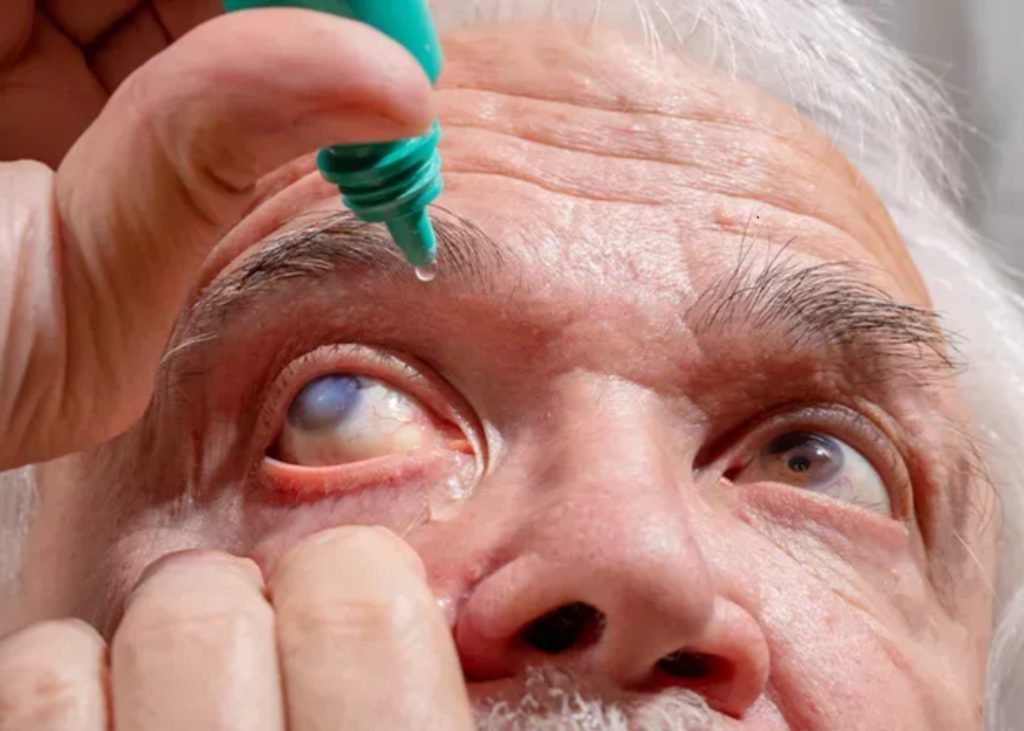
Glaucoma
Glaucoma is an eye disease in which the intraocular pressure is often high and can cause vision loss and blindness by damaging the nerve in the back of the eye called Optic nerve.
Prevalence: Glaucoma can be found at any age while it is more common in persons over 50 years of age. The risk of glaucoma increases as we get older and the majority of a specific type of glaucoma called open-angle glaucoma is age-related. That is why doctors recommend bi-annual or at least annual eye checkups for people above 50 years of age. People with a family history of Glaucoma and diabetes are at higher risk. Primary congenital glaucoma is the most common hereditary childhood glaucoma and an important cause of childhood blindness.

Signs and Symptoms: Sign and Symptoms vary based on the type of the disease. Glaucoma symptoms, i.e. vision loss, may start slowly and the affected person may not notice them. With the progress of the disease, the vision is severely lost and if it is not treated, it will result in blindness. Unfortunately, vision loss due to Glaucoma could not be restored or treated. Only the progress of the disease could be prevented. Other signs and symptoms i.e. pain, headache, nausea, vomiting, and eye redness may occur rapidly in acute types.
Diagnosis: Glaucoma can be diagnosed by a comprehensive dilated eye exam, Intra-ocular pressure check, and other specific eye examinations.
Treatment: In the first stages, the use of local drops and oral drugs may be effective. If not, Laser treatment (SLT) or Surgical procedures i.e. Trabeculectomy will be done. The purpose of the surgical procedure is to make way for the drainage of the intraocular fluid. This procedure is 80-90% effective.

